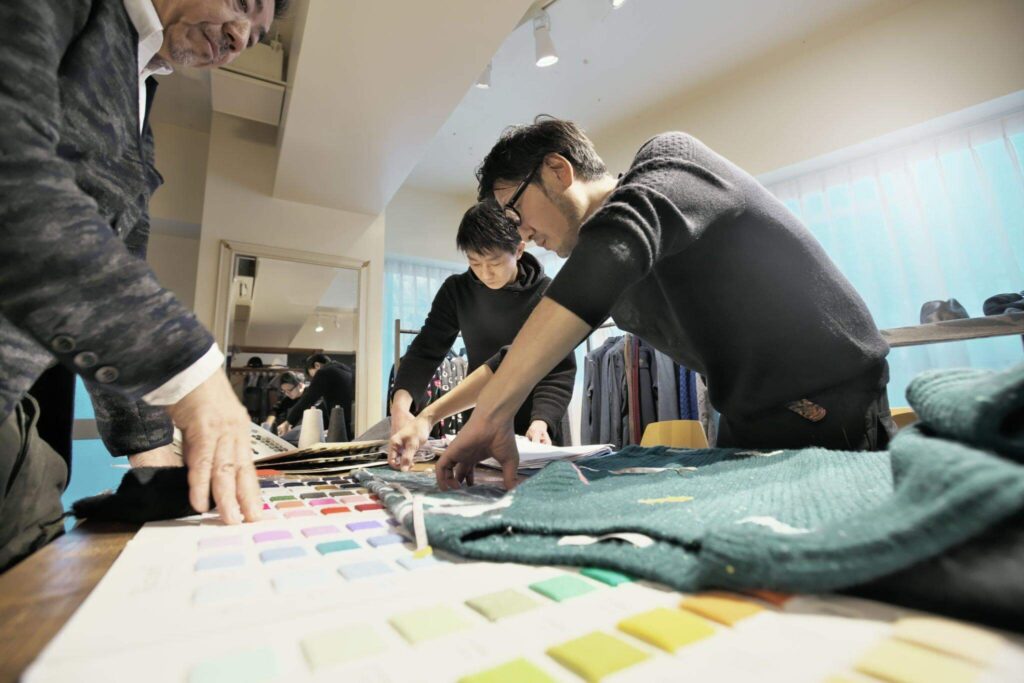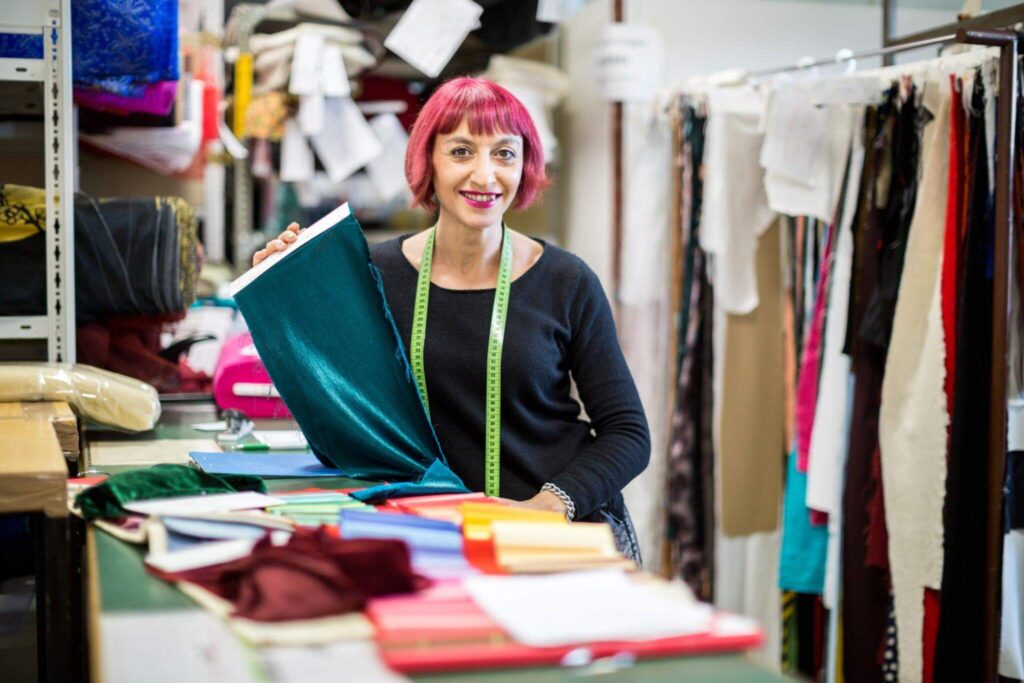1. Prototype samples, development samples, and design samples
The first physical iteration of the prototype garment was created in accordance with the artwork during the product development phase. The main purpose of this sample is to see the design. The fabric and colour of the clothing are not taken into consideration in this sample.
2. Mock-up Samples
Mock-ups are essential in situations where the idea might not translate as effectively on paper as it does on fabric. It has no trimmings and only serves to determine whether the garment is wearable. Not every design calls for a mock-up, so not every kind of clothing sample manufacturer uses
3. Size Set Samples
Next are size-set samples, one sample for each size in the size range. These are used to evaluate how the garment will fit on actual body types for each size. For tops, dresses, and bottoms, you’ll want a size 4, 6, 8, 10, 12, and 14 as a minimum.Size-set samples are made to ensure the measurement of each size.
4. Salesman’s Samples, Promotional Samples
Then there are pre-production samples, also known as salesman samples. These are made in the actual production fabric and are used to show buyers, take photographs for marketing, and make a final check that the garment is ready for production.
5. Photoshoot Samples
The samples are made using the actual yarn, fabric, and colour that the models would wear during a photo shoot for the catalogue. With the photo attachments, the buyer comments on the fitting requirements and issues with the dimensions.
6. Counter Samples
These are the first set of samples off the production line, used to ensure quality standards are being met before full-scale production begins.

7. Fit Samples
Fit or sizing samples are also important, especially for fitted styles. These samples, one for each size, are tried on live models to evaluate and confirm the fit, sizing, and proportions for each size before production. Any needed adjustments can then be made.
8. Digital Garment Samples
The term “digital garment sample” refers to samples of clothes created using software that displays the 3D form of the garment. The consumer can view the garment fit, fabric fall, pressure points (tight fitting), and movement of the digital model on the screen using the digital sample.
9. Pre-Production Samples
When bulk fabric and accessories are produced internally, the plant creates pre-production (PP) samples using the actual material. To reassure the buyer that the bulk materials are on hand for production, samples are made.
10. Production Samples
The firm gives production samples to customers to guarantee that bulk orders are being manufactured in accordance with their requirements, following technical standards, and using authorized samples. Buyers seek reassurance that the right materials are used and that line craftsmanship meets the required standards of quality.
11. Top-Of-Production Samples
When the first production goes online, samples called TOP (online samples) are collected. Some buyers frequently ask for a TOP sample to make sure the production is adhering to the pre-production sample.
12. Shipment Samples
Samples used for shipment are those that represent the finished product. The samples confirm that the goods were supplied in accordance with the samples.
There are many different types of samples used in the apparel industry. The first is a garment spec sheet vs. a tech pack for clothing. These outline the design, measurements, fabrics, trims, and construction of the garment. Next, come the pattern samples to test the initial patterns and ensure accurate sizing and fit.

Once the patterns are approved, will make pre-production samples. These include:
Fit or sizing samples are used to evaluate and perfect the fit on a live model. Multiple rounds of fittings and adjustments are often required.
Construction or assembly samples: Put together to assess the assembly process and make any needed changes before production starts.
Wash or laundry test samples: Wash and dry to ensure the garment will hold up to normal use and cleaning.
Packaging samples: initial samples of any packaging used for the product to check for correct branding, messaging, and visuals
After pre-production samples are approved, can move on to production samples or salesman samples. These are the first round of production-quality garments that are used to show buyers or photographed for marketing purposes.
Finally, there are TOP samples, or marker or grader samples. These full-size samples are used as a guide for production to ensure consistent sizing and assembly across all sizes.